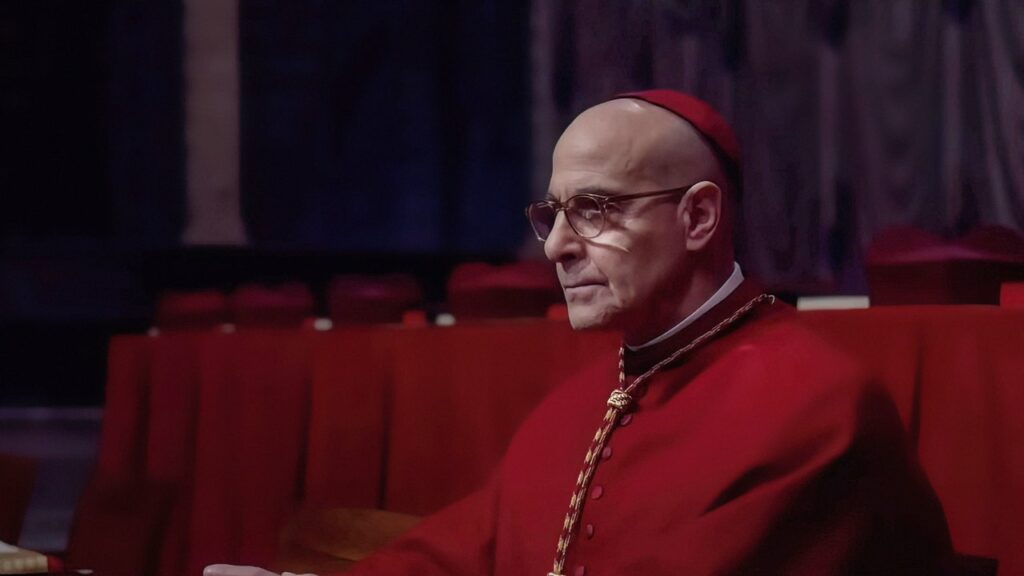The Papal Conclave: Secrets, Tensions, and Traditions
The Papal Conclave, a vital event in the Roman Catholic Church, captivates the world with its blend of secrecy and high stakes. The process, which is traditionally shrouded in privacy, sees Cardinals isolated from external influences during their deliberations to elect a new Pope. This separation fosters an atmosphere of urgency and tension, making the Conclave a dramatic event watched by millions.
The Isolation of Cardinals
During the Conclave, Cardinals reside in the Vatican’s Domus Sanctae Marthae, where they are kept away from the outside world. They are prohibited from using any form of communication including telephones, televisions, or the internet. This isolation is critical not just for confidentiality but also to focus solely on the election process. The measures taken to maintain secrecy can include the deployment of electronic jamming devices, as seen during the 2013 Conclave following Pope Benedict XVI’s resignation, to mitigate any risk of internal communications leaking to the outside.
The Voting Process and Majority Requirement
To secure the papacy, a candidate must achieve a two-thirds majority vote from the participating Cardinals. Voting sessions are conducted both in the morning and afternoon, with intervals for prayer and reflection taking place after every seven votes. This method reflects a significant element of tension and uncertainty. Historically, the longest recorded Conclave extended over two years during the 13th century, although recent Conclaves have typically concluded more swiftly.
The Possibility of an Intersex Pope
The question of whether a Pope could also identify as intersex is intriguing yet unresolved. As pointed out by David Gibson, director of the Fordham University Religion and Culture Centre, there is currently no historical evidence to confirm the existence of an intersex Pope, but it remains a possibility for the future.
Conclusion
The Papal Conclave embodies a unique blend of tradition, secrecy, and the potential for change within the Catholic Church. As Cardinals gather to deliberate in isolation, the world observes closely, aware that their decisions will have lasting impacts on the Church and its direction. Whether through the tension of the voting process or the contemplation of inclusivity in leadership, the Conclave continues to be a significant and fascinating aspect of religious life.


